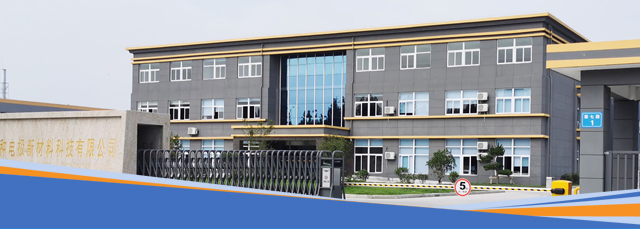The principle of forced current cathodic protection and the relationship between auxiliary anode corrosion rate and current density
[Abstract]:
The principle of forced current cathodic protection and the relationship between auxiliary anode corrosion rate and current density
First, the principle of forced current cathodic protection
The traditional metal anti-corrosion method is mainly isolation and anti-corrosion, that is, to isolate metal from corrosive medium. Specific measures include coatings, coatings, and plating. Another method is to choose a corrosion-resistant metal, such as stainless steel, copper, titanium, etc .; or other materials such as plastic, fiberglass, etc. if possible.
However, because the corrosive environment is almost ubiquitous, the forms of corrosion are also various. A single anti-corrosion measure often cannot effectively control metal corrosion, especially electrochemical corrosion. Once a metal structure is formed with a corroded battery, the anode region has a much smaller area than the cathode region, and the corrosion rate is extremely fast. At this time, the metal surface is not uniform corrosion, but pitting corrosion. Almost all underground oil and gas pipelines, storage tanks, and various containers and equipment containing electrolytes leak due to pitting corrosion.
Cathodic protection is the use of the principle of corroding the battery. The metal structure to be protected is used as the cathode, and the anode is continuously supplied with electrons through the anode. The structure is first polarized and the electrons are enriched on the surface of the structure, making it difficult to generate ions. Greatly slow down the rate of corrosion of the structure. Cathodic protection is roughly divided into two types: sacrificial anode method and applied current method (forced current). The anodes used in the sacrificial anode method are magnesium, aluminum, and zinc active metal alloy anodes; the anodes used in the forced current method are MMO (mixed metal oxide) titanium-based coating anodes as auxiliary anodes. The forced current method (external current method) is to apply a cathodic current to the protected structure and an anode current to the auxiliary anode to form a corroded battery. The metal structure is protected on the same principle. It is economical and has a long anode service life when implementing large-scale field cathodic protection.
External current cathodic protection auxiliary anode
Second, the relationship between auxiliary anode corrosion rate and current density
Relationship between anode current density and coating consumption
Relationship between anode current density and life
As shown in the figure above, as the anode current density increases, the consumption rate of the coating also increases, and the service life also decreases.
Key words:

